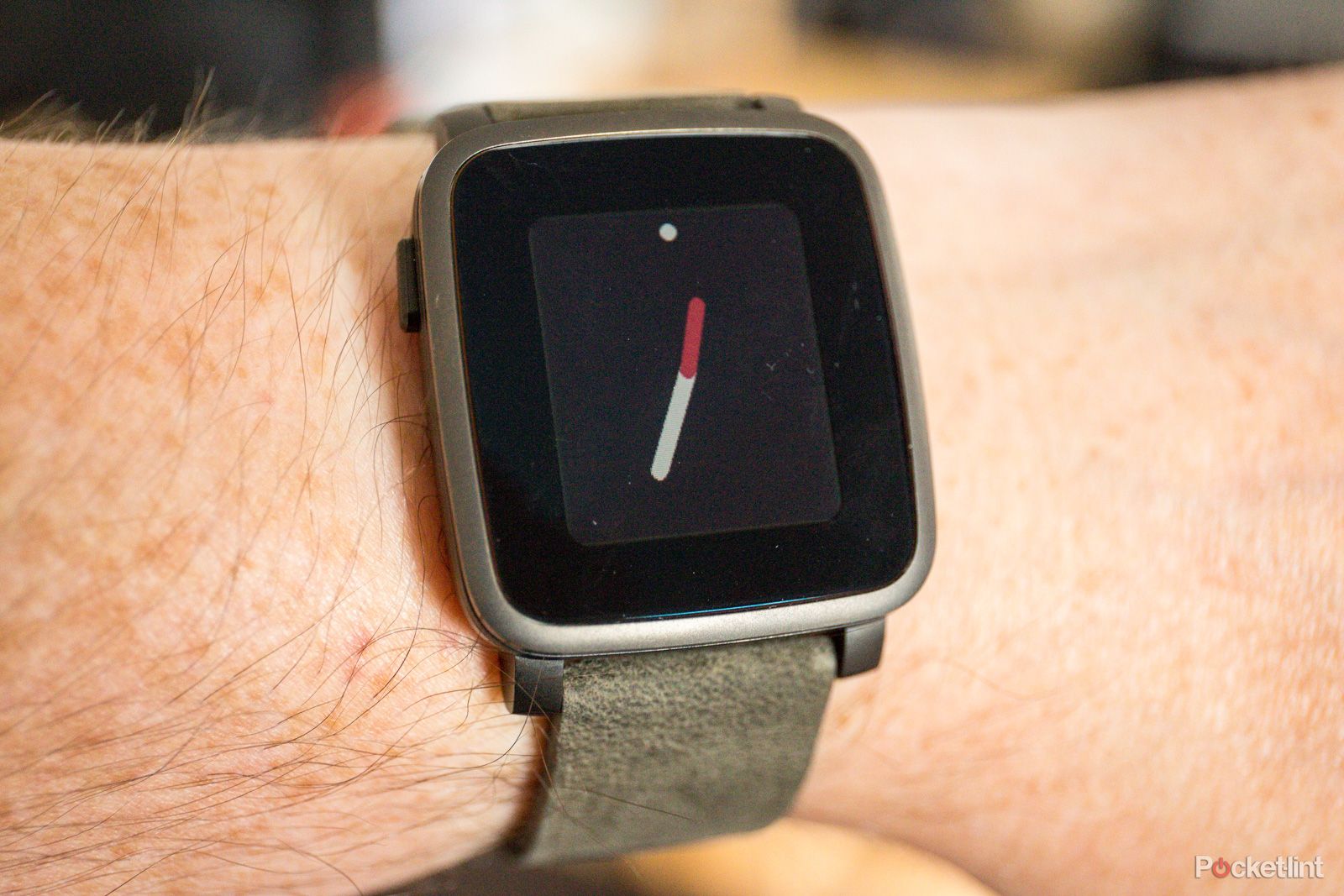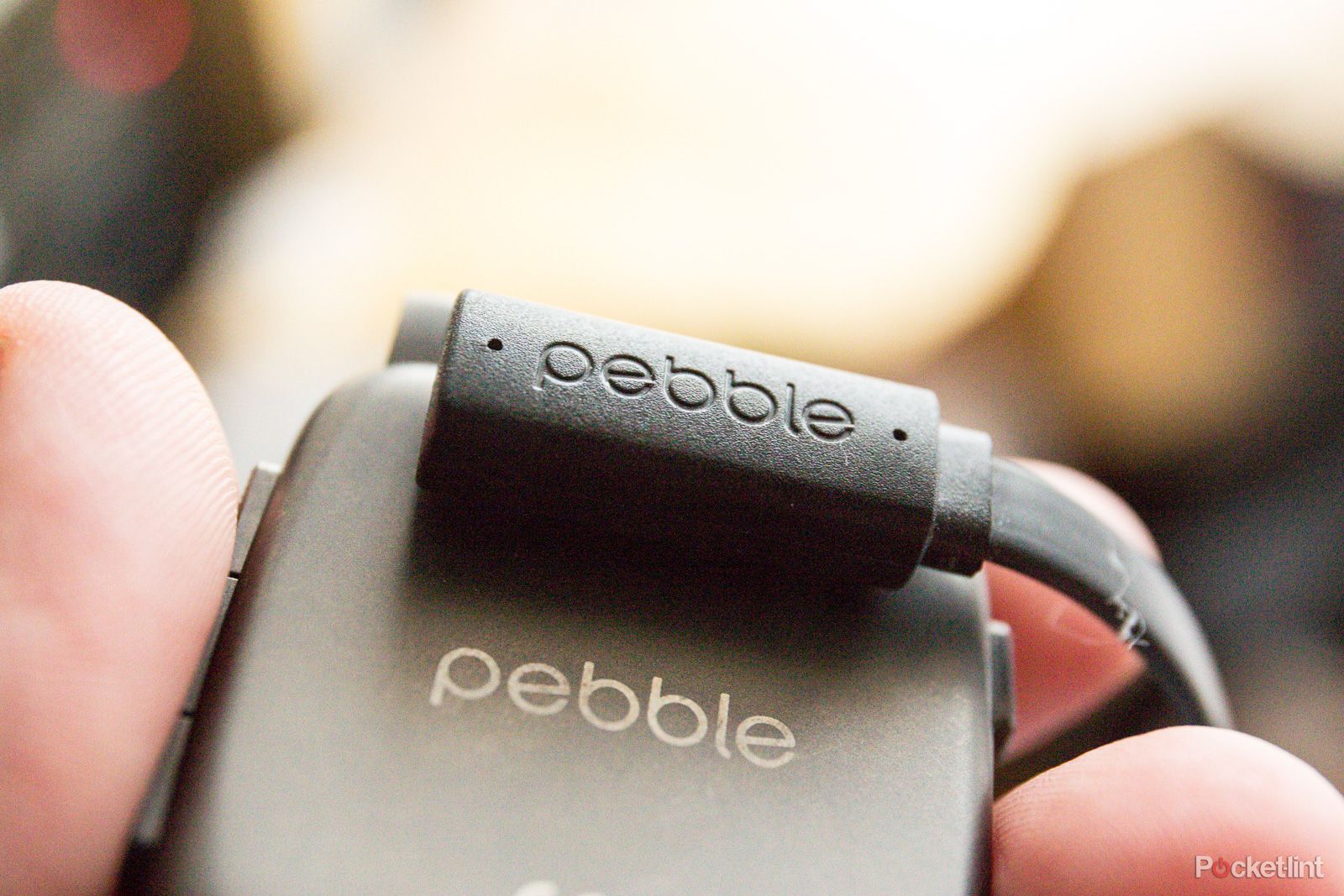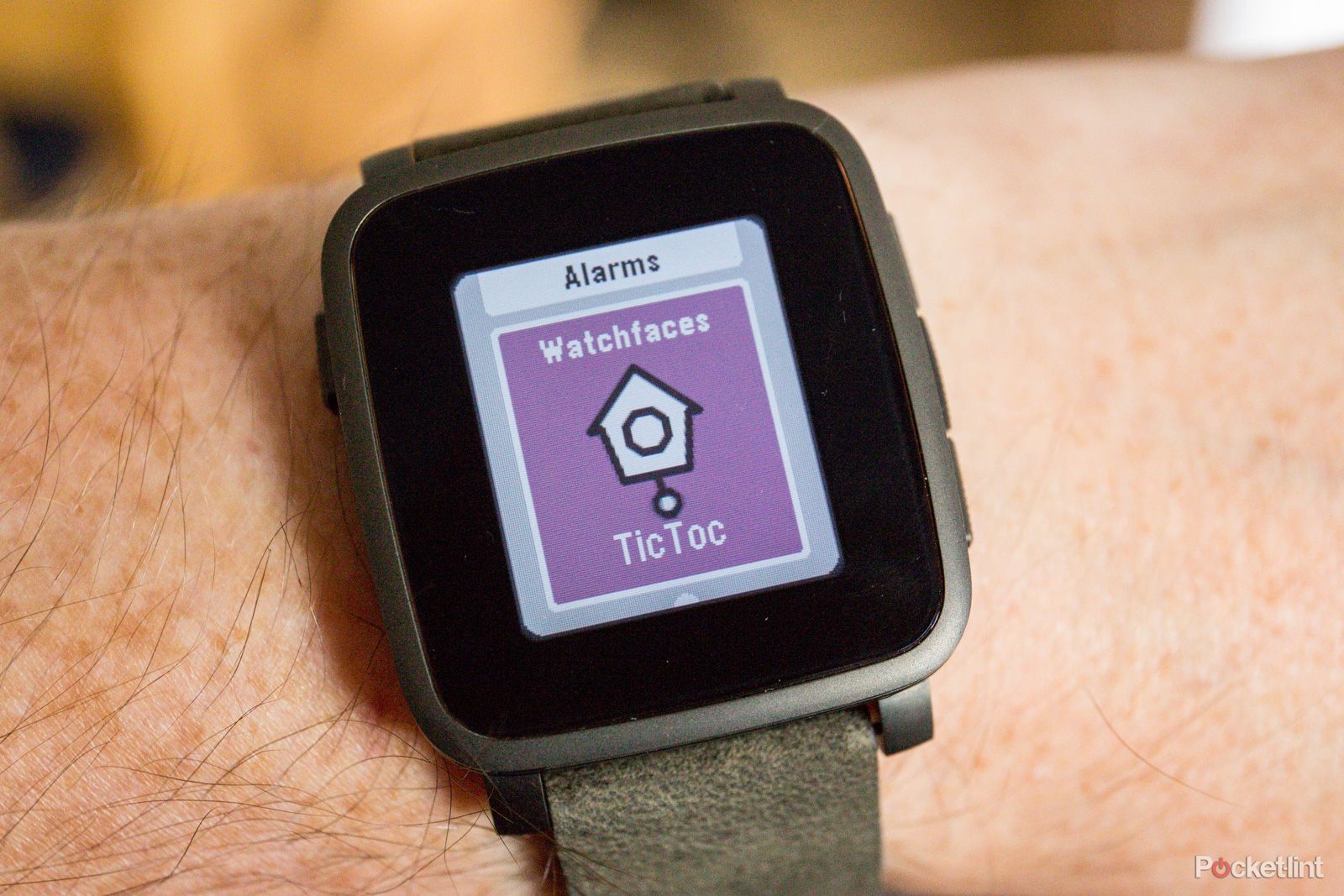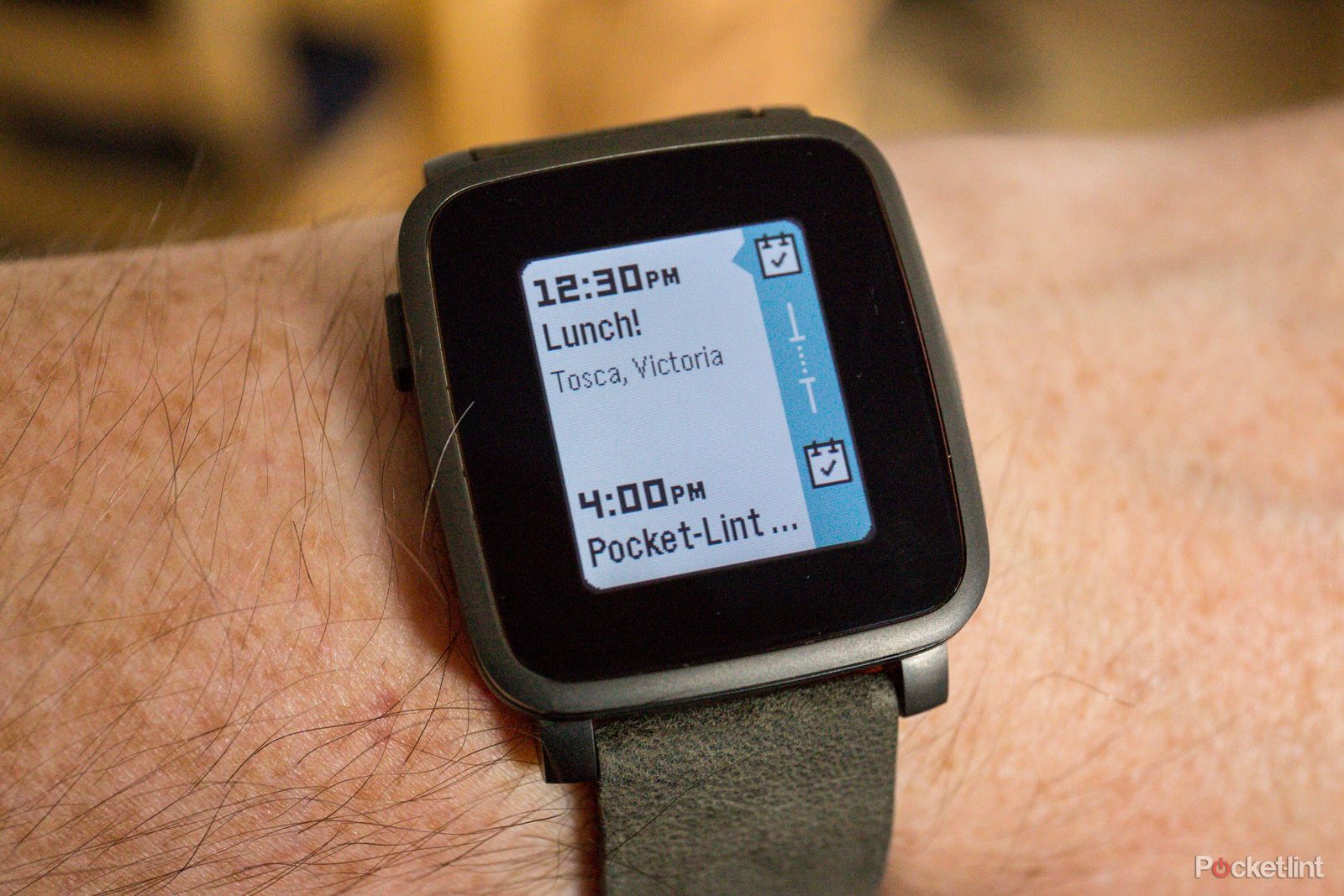When the Pebble Time Steel was first released, we decided to give our first impressions rather than rush into a full review straight away. There were a couple of reasons for this: firstly, we had not long before reviewed the Pebble Time and save for some aesthetic changes and a few tech tweaks here and there, the Steel is a similar device; secondly, we wanted to see what it was like to live with one for a longer period than a few days.
Our quick take
There are some who won't be as enamoured with the Pebble Time Steel as we are and that's fine: there are plenty of alternatives in the shape of Android Wear devices, Samsung rivals or the Apple Watch, and many are around the same price.
However, generally speaking, you'll get a better and more vibrant screen, touch controls and a bigger library of applications to download elsewhere - which is what puts the Pebble in a difficult position. Saying that, the Steel's battery life and simplicity of use are attractive trade-offs.
Being drip-fed our notifications throughout the day, with a small vibration to tell us something has arrived, has become invaluable. It's also the first smartwatch we've worn to bed at times, to actually make use of sleep tracking, thanks to the genuine week-long battery life.
We no longer have to refer to a smartphone whenever an email arrives or to see the latest football scores. We can glance at the screen when we feel a buzz to see the sender, header and first few words of an incoming Gmail, for example, and see if we want to investigate further. In that, it has changed our daily habits somewhat, even making us more social.
It's worth spending that extra £50 to buy the Steel over the standard Pebble Time, because it's a nicer, more substantial watch by comparison and, quite simply, operates more smoothly. But just as we said of the standard Pebble Time, the Steel can't do everything the Apple Watch or many Android Wear devices can do far better, so it won't be the solution for all. Unless you want a wrist-worn notifications device that genuinely lasts for a week, of course.
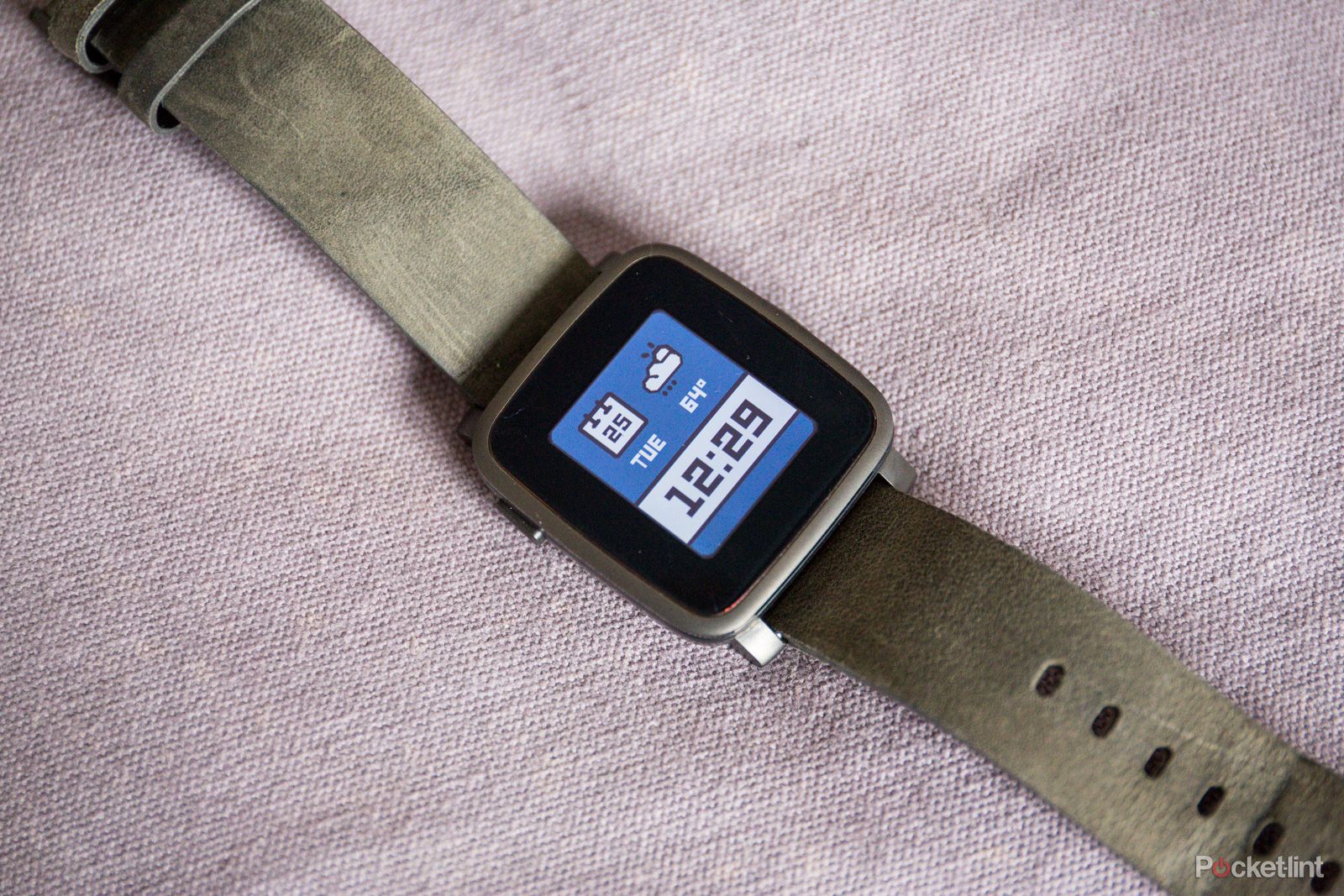
Pebble Time Steel - 4.0 / 5
| FOR | AGAINST |
|---|---|
|
|
And we're glad we did, because living and using one as our main watch for an extended period has widened our opinion of the device dramatically. There are things we love about it that we'd never have realised in short bursts, and things we're not so keen on. So, having properly worn the Pebble Time Steel for a number of weeks, just how does it hold up against its smartwatch competitors?
Pebble Time Steel review: Built to last
The first thing you notice about the Pebble Time Steel, especially if you've seen or worn the cheaper Pebble Time, is that it is built solidly and to last. It feels chunky but without dominating your wrist like some smartwatch rivals.
We liked the original Pebble Time a lot but felt there was still scope for improvement. Firmware patches have papered over some of the cracks between releases, but they were never likely to tackle one of the more tangible bugbears; it just felt a little too plasticky to be in the premium smartwatch category.
However, the Pebble Time Steel addresses those build quality issues. The entire body, not just the bezel, is made from marine-grade stainless steel and the buttons are solid and feel nicer to press. They seem to be more responsive over those on the standard model too, but that could be down to the faster speed of software operation.
Like the Time, the Time Steel has a Gorilla Glass cover over a full-colour e-paper display, which is also exactly the same shape and 1.25-inch size. The straps are similar too, with a quick-release mechanism to swap them out with other Pebble straps or third-party equivalents (of which there are many on the market). However, being made of soft Italian leather, the one that comes with the more expensive model is superior to the silicone version on the original in aesthetic and feel.
You can also specify your Pebble Time Steel at purchase to have a steel band to match the black, silver or gold finishes of the watch - but you should be aware that if you do opt for the leather one then the strap itself isn't waterproof even though the watch is. Sure, you can put it in water, but like any uncoated or suede item of apparel, it'll get visible damage.
That might actually send you in the direction of the steel band as the waterproofing is one of the things we most like about the Pebble watches in general. The Time Steel is water resistant to 30-metres like the Time, and we've regularly worn one while showering in the past with absolutely no negative effect on the watch.
Pebble Time Steel review: Battery bump
It also charges in the same way, with a cable attaching magnetically to the rear of the device. However, thanks to a slightly chunkier build, there's a larger battery inside and the Steel can therefore go longer between charges.
Apart from being compatible with both Android and iOS – something other manufacturers are slowly looking to implement in their smartwatches – the Pebble watches are renowned for excellent battery life, thanks to the non-touch but power efficient e-paper screen technology.
And the Pebble Time Steel is the best of the bunch when it comes to longevity. Pebble promises up to 10 days, which is staggering, and although we've found reality to never really match up to that, we have had plenty of instances when it has lasted an entire week without needing extra juice. That's a lot better than the one day battery life of so many competitors.
We have tested the Pebble Time Steel with an iPhone 6 Plus predominantly, sending it notifications almost constantly. Emails, text messages and notifications from plenty of other apps, including Sky Sports and Twitter, have bombarded the watch for more than a month and it still sticks around the seven-day battery life mark. We also have the Misfit activity tracking application running constantly, which uses the built-in sensors to assess steps and even sleep patterns, and the power drain remains the same.
We also have the backlight switched to come on every time we move our wrist sharply. Switching it off extends battery life, but when not in bright ambient light it can sometimes be hard to make out finer details on the always on-screen. However, the week-long mark still rings true even when on.
It's hugely impressive when compared to rivals and their one or two-day lifespans. Indeed, battery life alone could be enough of a draw for many who want the talents of a smartwatch, but without yet another device in their lives that constantly needs charging.
Pebble Time Steel review: Smooth operator
Another reason to have waited to publish the full review is that the operating system has had some clever tweaks over the last couple of months. The built-in microphone, which was fairly superfluous for us on the Pebble Time thanks to iOS support being undernourished in comparison to Android, has been given new lease of life now apps can use speech recognition.
There are also plenty of voice-based apps now available as well, giving the option to take audible notes, even adding them as entries on your Timeline – the main hub of the operating system experience.
General application support has also improved in the last couple of months, with many more joining the Pebble app store and also adopting colour. Plenty of the big names are there, including Uber, Runkeeper, ESPN, Leaf and the previously mentioned Misfit. There are also a selection of games, but considering you always need your phone in the vicinity, which has a greater selection which are all far easier to control, we're not really sure as to why.
In fact, bar one or two apps, we barely use them on the Pebble Time Steel. For us, it's main use comes through notifications and the aforementioned Timeline.
As the Pebble smartwatches don't have touchscreens, everything is controlled through the external buttons either side of the body. The left is a back button that can also be used to illuminate the backlight, while the ones on the right scroll through and select the Timeline.
The up button on the right-hand side looks back through calendar events and notes that have already passed, from the day before and back further. The bottom button scrolls through events and markers you have set for the coming few days. And the central button jumps to your apps, settings and a dedicated section that lists the most recent notifications you've received.
At first it seems a little intimidating, and you must set-up what information is fed to it through the Pebble Time app on your attached iPhone or Android device, but soon enough you'll be scrolling through it like a pro. And the Pebble Time Steel moves much more quickly and offers a smoother experience than any Pebble watch before it.
As well as apps, the Pebble Time Steel now has a vast array of watchfaces available for it too – and many of them are in colour and excellently designed by professional developers or just fans. You do have to consider that those with more motion will sap your battery life more than those with less animation – after all, the screen refreshes each time something moves – but even with the more hyperactive of the bunch you'll still get plenty of life from your Pebble.
Some of the faces are also better suited to the colour display when the backlight is off than others. Those with brighter colours (of the 64 to choose from) will stand out more and primary and bold colours seem to look better to us than pastel shades. But having the watchface permanently on is a better option than having to switch it on whenever we want to see the time.
To recap
It's worth spending that extra £50 to buy the Steel over the standard Pebble Time, because it's a nicer, more substantial watch by comparison and, quite simply, operates more smoothly. But just as we said of the standard Pebble Time, the Steel can't do everything the Apple Watch or many Android Wear devices can do far better, so it won't be the solution for all.

